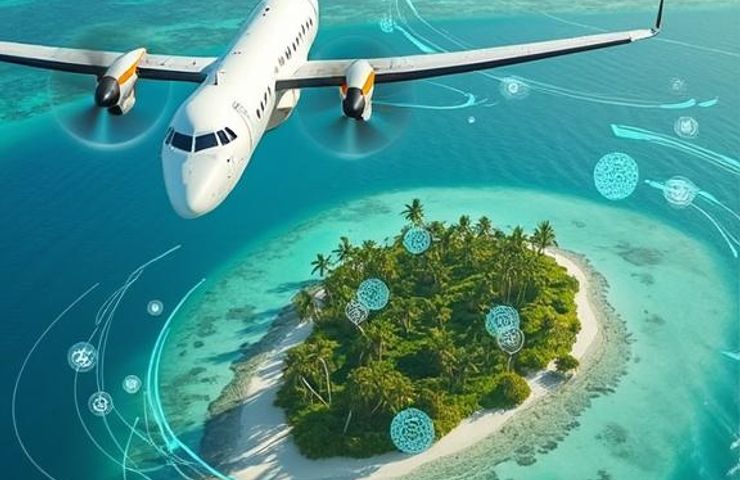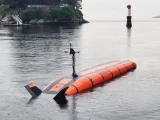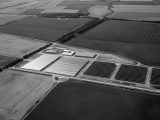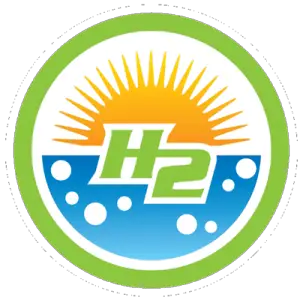
ATOBA and Air Moana Launch Decade-Long SAF Plan to Decarbonize Pacific Aviation
July 23, 2025When we think about hydrogen production and sustainable energy making waves, our minds usually jump to massive projects in Europe, Asia, or the U.S. But far out in the middle of the Pacific Ocean, something a little smaller—but no less inspiring—is taking shape. In a move that could punch well above its weight, French Polynesia is embracing zero-emission technology in aviation, thanks to a new collaboration between ATOBA Energy and local airline Air Moana.
Pioneering SAF in One of the World’s Most Remote Places
On July 22, 2025, ATOBA and Air Moana inked a Memorandum of Understanding (MoU), laying the groundwork for a 10-year SAF partnership. This isn’t just a symbolic handshake; it’s a serious, long-term bet on sustainable aviation fuel (SAF) transforming inter-island travel in Tahiti and the surrounding archipelago. The plan includes a mix of good old-fashioned physical fuel deliveries and a more modern twist: a “book and claim” system that helps bridge infrastructure gaps.
Out here, where hopping on a plane is more necessity than luxury, this is a big deal. With over 100 islands sprinkled across the sea, aviation is often the only way people, goods, and services move around. But all those flights come at an environmental cost—especially when the fuel powering them travels thousands of kilometers. That’s where SAF comes into play.
What’s SAF, and How Does ‘Book and Claim’ Help?
Sustainable aviation fuel is made from renewable sources—think waste oils, agricultural byproducts, and other biomass. Depending on how it’s produced, SAF can cut lifecycle emissions by as much as 80%. Even better, it works in existing aircraft with no modifications needed. Air Moana’s choice of ATR 72-600 aircraft, which are already pretty efficient, means every drop of SAF counts even more.
Now, let’s talk about that ‘book and claim’ model. It’s kind of like green energy certificates for aviation. The airline buys SAF credits, confirming the fuel was produced and injected into the system—even if it wasn’t pumped into their own planes. It’s a smart way to kickstart cleaner skies while the actual delivery infrastructure catches up in remote places like this.
This Is What a Long Game Looks Like
This isn’t a quick PR play or a one-off trial flight. With a bold 10-year offtake agreement, Air Moana becomes the first airline in the South Pacific to lock in SAF for the long haul. That kind of commitment sends a clear message to fuel producers and investors: there’s real momentum building here. And with early conversations already happening around setting up local production in Tahiti, this deal could pave the way for new infrastructure—and new jobs—down the line.
For ATOBA, the partnership also reflects a shift in strategy. They’re leaning into delivering SAF where it’s needed most but hardest to implement. With expertise spanning technology evaluation, market analysis, and negotiating the long-term deals that make everything tick, the France-based energy firm is helping level the playing field for small, remote airlines trying to do the right thing.
Beyond Emissions: Building Local Resilience
This isn’t just about reducing emissions—it’s also about rewriting the economic script. A healthy SAF market in the Pacific could eventually support homegrown refining, creating local jobs, encouraging skills development, and diversifying economies that rely heavily on tourism and fisheries. And in a place that’s already feeling the impacts of rising seas and changing weather patterns, that kind of green resilience isn’t just nice to have—it’s vital.
Of course, no road is without bumps. SAF still costs more than traditional fuel. And some folks aren’t sold on the certificate system, arguing that emissions cuts should happen where they’re claimed. Valid points. This makes transparency, smart governance, and a steady move toward actual fuel deliveries all the more important to keep the trust and momentum going.
Zooming Out: A Global Movement with Local Flavor
Big headlines about green hydrogen and SAF adoption often come from places like Europe or California—where policy tools, funding, and infrastructure make things easier. But many remote regions lag not because of a lack of vision, but simply because they don’t have the same resources. That’s why this partnership stands out. It’s a homegrown solution, with both eyes on the long term, in one of the most challenging—and crucial—settings for sustainable energy transitions.
As global SAF systems mature and we get better at tracking carbon impacts from production to combustion, efforts like this one in French Polynesia can serve as blueprints for other small island developing states looking to craft their own energy futures.
As someone at ATOBA might put it: “This isn’t just about switching jet fuel—it’s about reimagining how travel, supply chains, and island economies can move forward without leaving the planet behind.” In French Polynesia, where the runway sometimes ends in the ocean, that new path to zero-emission technology may just be ready for takeoff.



 With over 15 years of reporting hydrogen news, we are your premier source for the latest updates and insights in hydrogen and renewable energy.
With over 15 years of reporting hydrogen news, we are your premier source for the latest updates and insights in hydrogen and renewable energy.